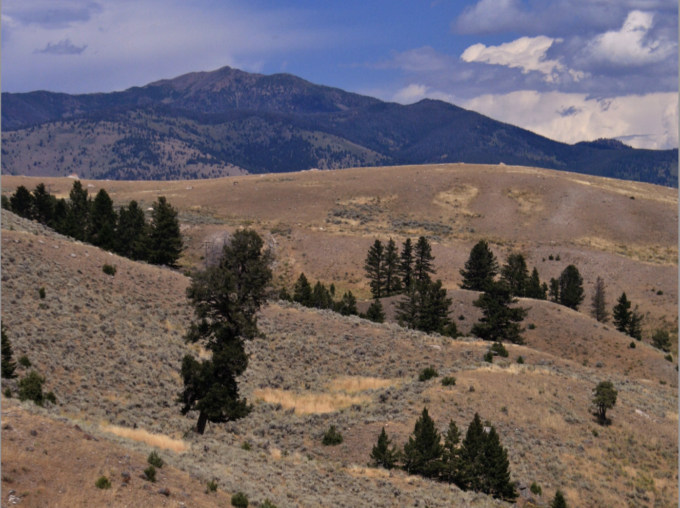

Gallatin Range, Montana. Photo: Jeffrey St. Clair.
In the 1930s, Bob Marshall (for whom the Montana wilderness is named) started the Wilderness Society.
Marshall declared at the organization’s founding: “We do not want those whose first impulse is to compromise. We want no straddlers, for, in the past, they have surrendered too much good wilderness and primeval areas which should never have been lost.”
Marshall realized long ago that wilderness designation is the gold standard for conservation. If you want to protect an area’s ecological function, wildlife and wildness, there is no better way than formal wilderness designation.
Tragically, most of the so-conservation groups in Montana, including the Greater Yellowstone Coalition, The Wilderness Society, and Wild Montana (formerly Montana Wilderness Association), have forgotten Marshall’s admonishment.
Today, these organizations support the Gallatin Forest Partnership, a proposal to reduce wilderness protection acreage in the Gallatin Range south of Bozeman.
Congress gave the Gallatin Range interim wilderness status in 1977 as part of Senate Bill 393. The legislation designated the 155,000-acre Hyalite-Buffalohorn-Porcupine Wilderness Study Area.
The Act requires that “the wilderness study areas designated by this Act shall, until Congress determines otherwise, be administered by the Secretary of Agriculture so as to maintain their presently existing wilderness character and potential for inclusion in the National Wilderness Preservation System.”
The word “shall” means the Forest Service has no choice but to protect the wilderness quality of the WSA. Unfortunately, the Forest Service has neglected its obligation to maintain wilderness character with the express support of the above organizations.
Approximately 155,000 acres of the Gallatin Range are within S. 393, while the Gallatin Partnership proposal only proposes 104,000 acres for wilderness designation.
Worst for wildlife and wildlands, the Partnership proposes changing WSA status for two of the Gallatin Range’s most important wildlife areas—the Buffalo Horn and Porcupine drainages to permit mechanical access by dirt bikes and mountain bikes permanently,
The Gallatin Range deserves full wilderness protection for the 155,000 acres of the S. 393 WSA and up to 100,000 acres of additional roadless lands for a 255,000-acre wilderness.
We cannot create wilderness. We can only lose it. We must acknowledge Marshall’s admonishment and keep the (fence) straddlers from compromising away one of the best wildlands in the Greater Yellowstone Ecosystem.
The post We Can’t Compromise When It Comes to Preserving Wilderness appeared first on CounterPunch.org.
This post was originally published on CounterPunch.org.